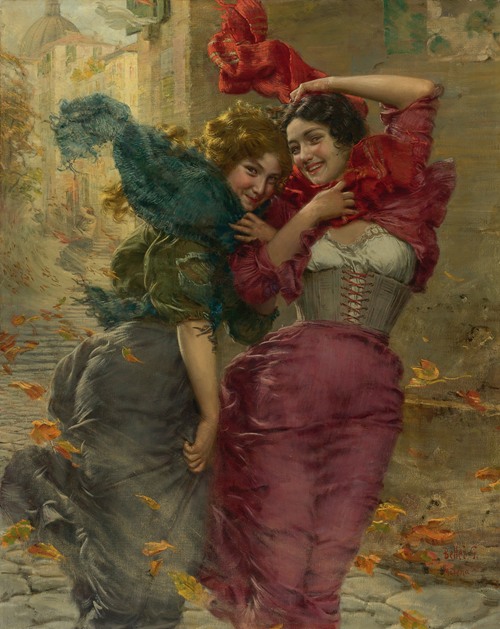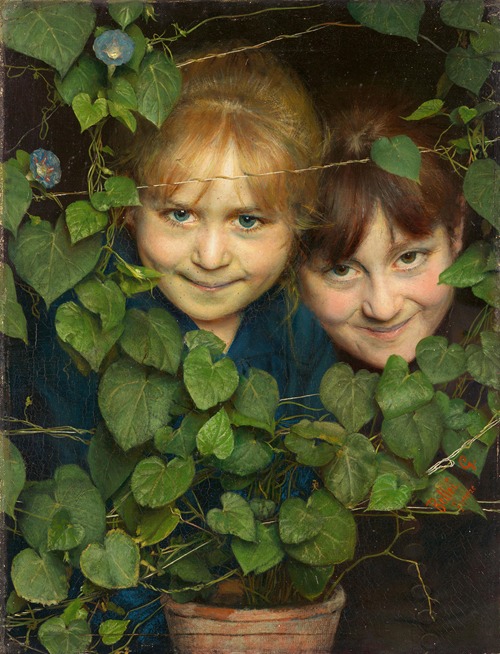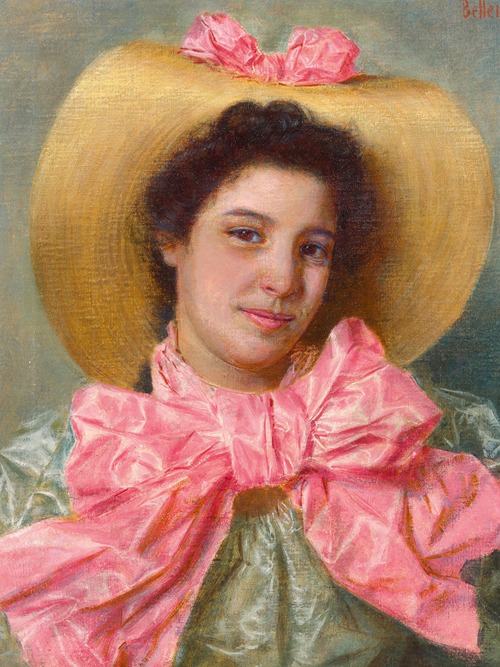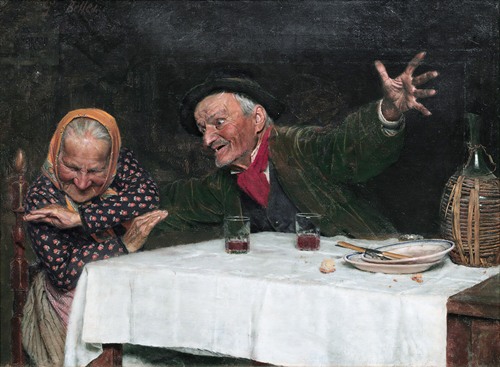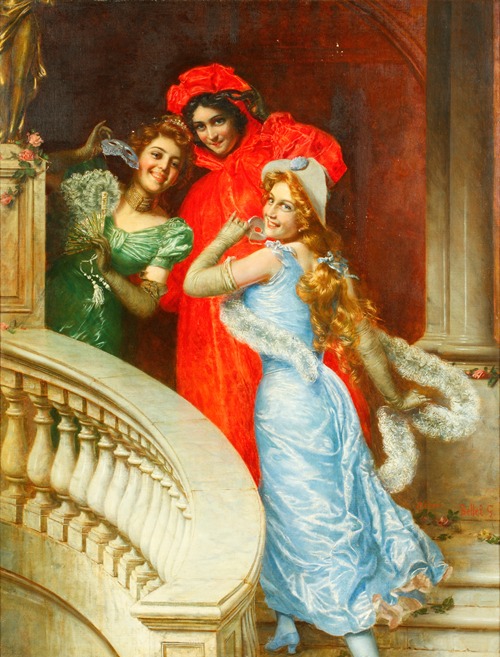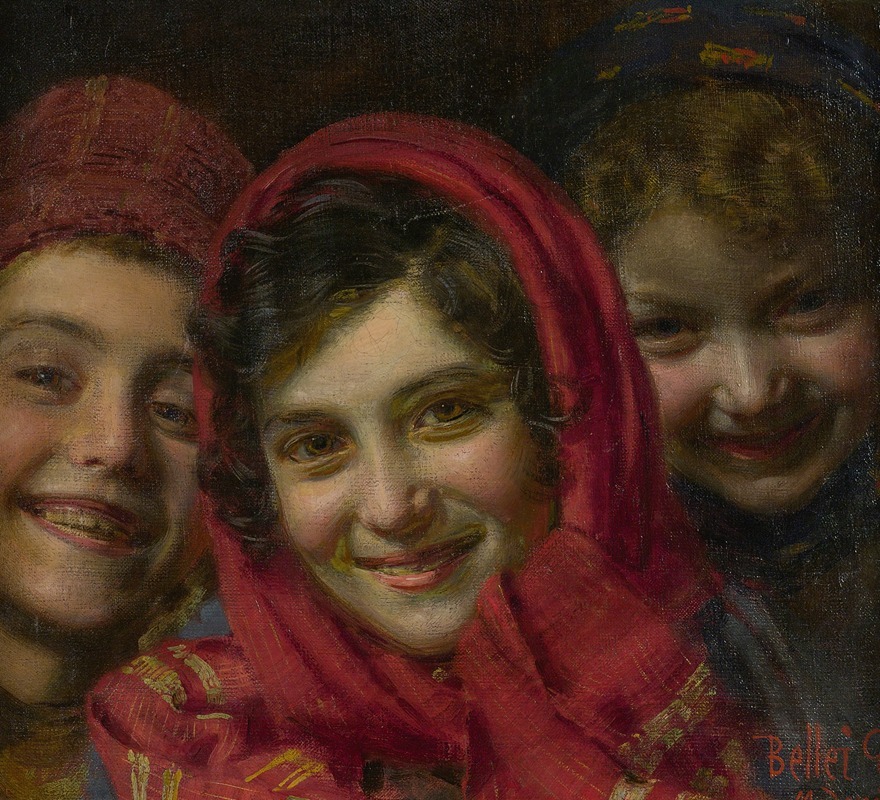
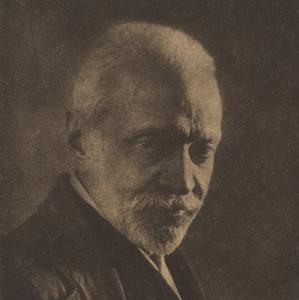
Gaetano Bellei was an Italian painter.
He was the son of Lorenzo and Vienna Molinari. After his artistic training at the Academy of Fine Arts in Modena, under the guidance of Adeodato Malatesta, he moved to Rome, where he attended the Academy of Saint Luke, then the French Academy and, at the same time, the Spanish Academy.
In 1883 he spent a year in Florence, where he completed his artistic residency. In the Tuscan city, thanks to his eclecticism, he came into contact with collectors, merchants and patrons, mostly of English origin, who commissioned various types of works from him. During this period he met Gaetano Chierici. He died in Modena in 1922.
Bellei's early artistic period is characterized by the painting of small scenes, the details and peculiarities of which are often replicated by Bellei in different variations in his new works, as they were very popular with collectors and patrons. The narrative and frivolous themes of his paintings are combined with excellent technique and are often in step with the major European trends. He also painted portraits and religious subjects. From 1893 he taught at the Academy of Modena, but continued to participate in exhibitions such as the one in Turin in 1898, in Milan in 1906 and in Rome in 1911. In 1876, while still a student, he won the Poletti Prize with his painting Il Francia che ammira per la prima volta la S. Cecilia di Raffaello (France Admiring Raphael's St. Cecilia for the First Time), beating Achille Boschi. This highly theatrical painting earned him a scholarship. His paintings moved away from academicism, arousing controversy for the truly realistic imprint they acquired. Resfa is a painting with raw and gloomy tones, inspired by German symbolism, which aroused criticism, only to be universally judged “the best work of painting of contemporary art in Modena”.
His favorite subjects were old people and children. He painted scenes of humble peasant life, such as hugs between grandchildren and their grandparents, card players, friars, workers, and sometimes animals. Many of these paintings were reproduced and repeated in different variations, as they were appreciated by the public. He proved to be a master of depicting human emotions and human reactions and feelings. At an exhibition in Genoa in 1885, he exhibited The Lucky Kitten for the first time, which brought him such commercial success that he reproduced several variations with the same subject.
He also experimented with the characteristics of the Liberty style, as in the painting During the Rain, in which one notes a perfect technique for rendering the rain and the subjects' clothes, or of the divisionist movement, as in the painting The Port of Livorno.
He produced a series of sacred works, such as the altarpiece of the Redeemer for the parish of Zocca, and the Blessed Cottolengo for the Rangoni chapel in Bomporto. In 1914 he decorated and painted the main chapel of the church of S. Maria di Mugnano, and then “La Maddalena” for the church of S. Domenico in Modena. Subsequently he dedicated himself to sacred painting throughout the province of Modena.

